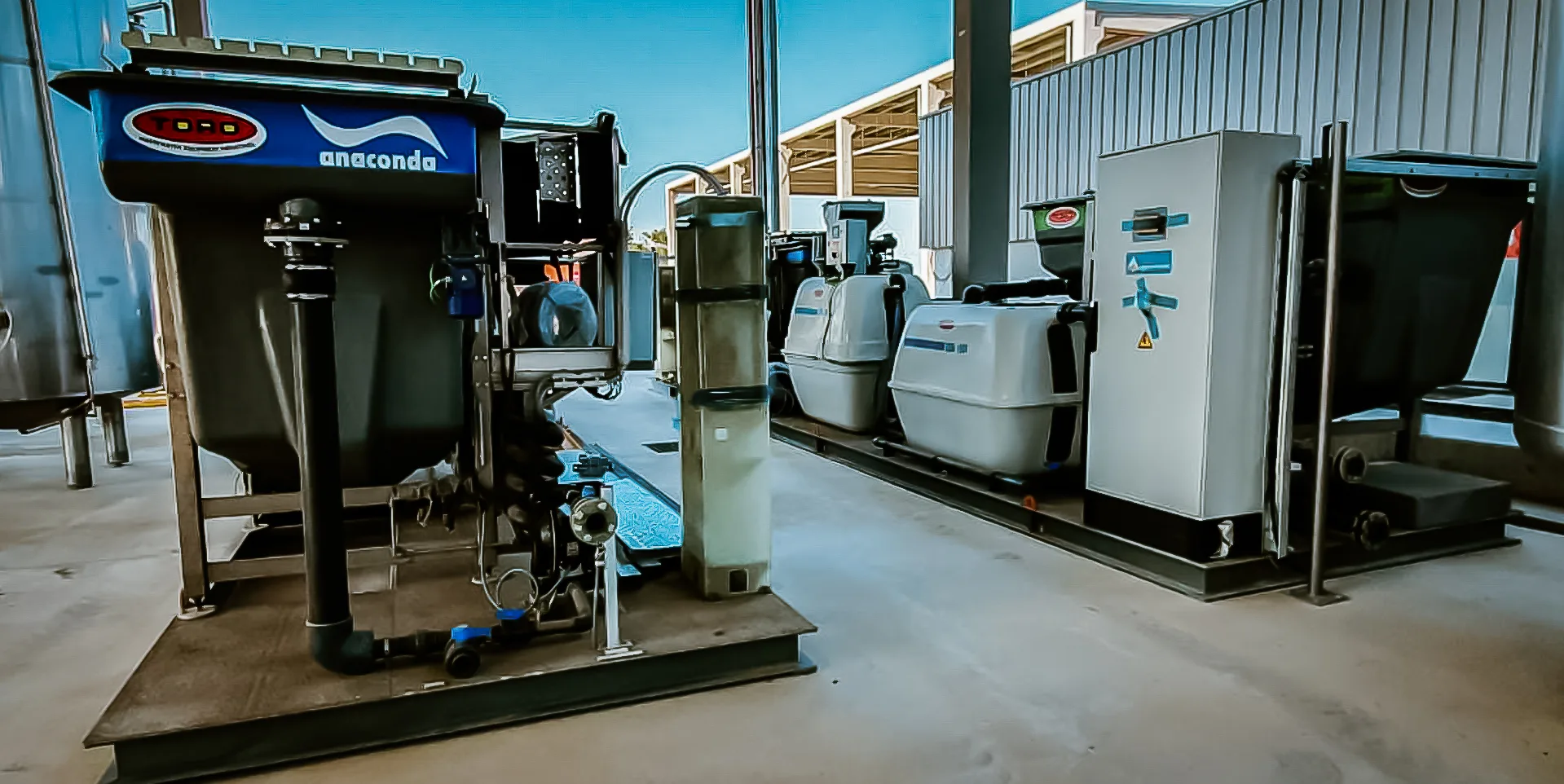

Alum coagulation. Is a common process used in water treatment to remove suspended particles and impurities from water. This process involves the addition of aluminum sulfate, also known as alum, to water in order to destabilize particles and allow them to clump together for easier removal. Alum coagulation works by creating a chemical reaction that neutralizes the electrical charges of particles in the water, causing them to come together and form larger flocs.
These flocs then settle to the bottom of the water, taking the impurities with them. One of the key advantages of alum coagulation is its effectiveness in removing a wide range of impurities, including organic matter, bacteria, and heavy metals. Additionally, alum is a cost-effective coagulant that is widely available and easy to use. However, can also have some drawbacks, such as the production of large amounts of sludge that must be properly disposed of. It is important to carefully monitor the alum dosage and pH levels during the coagulation process to ensure optimal performance. Overall, is a proven and reliable method for water treatment that continues to be widely used in municipal and industrial applications around the world.
Is a prevalent water treatment process employed to eliminate suspended particles and impurities from water. This method involves the addition of aluminum sulfate, commonly known as alum, to water, which facilitates the destabilization of particles, causing them to aggregate for easier removal.
The process of alum coagulation initiates a chemical reaction that neutralizes the electrical charges of particles in the water, leading them to merge and form larger flocs. These flocs subsequently settle to the bottom of the water, carrying the impurities with them.
One of the notable advantages of alum coagulation is its effectiveness in removing a diverse range of impurities, including organic matter, bacteria, and heavy metals. Additionally, alum serves as a cost-effective coagulant that is readily available and easy to use.
However, it’s important to be aware of potential drawbacks associated with alum coagulation, such as the generation of substantial amounts of sludge that necessitate proper disposal. Careful monitoring of alum dosage and pH levels during the coagulation process is crucial to ensuring optimal performance.
In summary, stands out as a proven and reliable method for water treatment, widely utilized in municipal and industrial applications worldwide. Despite its effectiveness, careful attention to operational parameters is essential to mitigate potential challenges and ensure the continued success of the water treatment process.